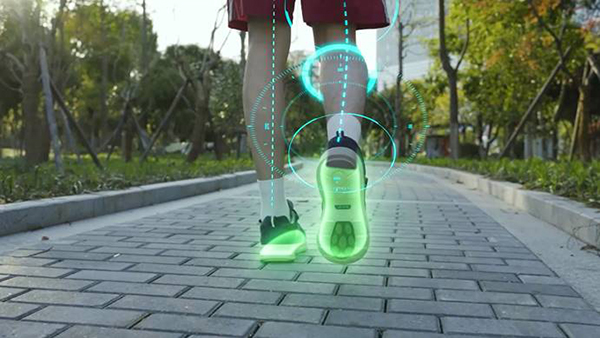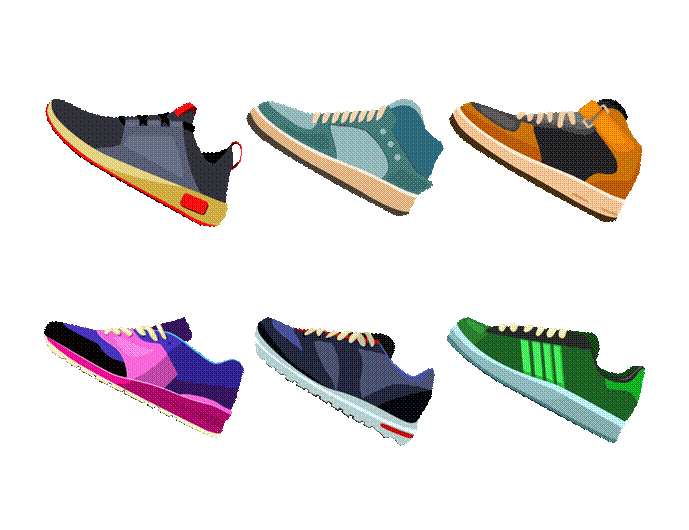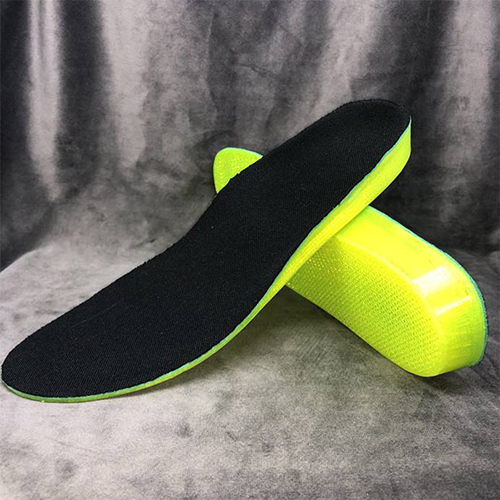Some users who use 3D printing to customize orthopedic insoles sometimes ask various questions, such as:
“My feet will feel discomfort when I wear this insole. Is your insoles’ effort?”
“I’ve been wearing it for a month, but I still don’t feel it work?”
“It’s not soft. Is there any problem with the design?”
……

After we a collect of these sounds, we found that there may be some misunderstanding about the use of our orthopedic insoles. This article we hope to introduce the precautions for the use of orthopedic insoles in details!
1.The match of the insole between the shoe
Many users will simply put the insole into their old shoe once they get it, regardless of whether the shoe’s size matches the insole. In fact, if the shoe size does not match the insole, it may cause the orthopedic insole to be squeezed out of shape.
Our orthopedic insole is made of eTPU-95A, which is a kind of flexible material. Through modular design, on the one hand, it ensures that the forefoot can fit the foot to complete various movements, on the other hand, it ensures that the arch part of the foot remains elastic and supportive, and the U-cup of the heel continues to provide stability. Generally, in order to complete various actions, the front end of the insole will be thinner. If the shoe is too small or the toe is too sharp, the insole will be squeezed, and the insole will be deformed in the long run.
The correct way is to “take your insoles to the shoe store for choosing the right shoe type and size”. The soles should not be too soft, and the shoes should have suitable heels and insoles.
In addition, it is needed to prepare different shoes for the certain situation. It is very important for the function of the insole to form the correct habit of buying and wearing shoes.

2.Correctly understand the adaptation period of wearing orthopedic insoles
Just like a new glasses, when we just wear new glasses, our eyes need some time to adapt. The same applies to the wearing of orthopedic insoles.
The orthopedic insole is not completely fitted to the foot. The more customers need to correct the arch, the greater the confrontation between the insole and the arch. For users, this needs a period of time to adapt. When the arch of the foot is raised to the correct position, the plantar will have obvious foreign body sensation, and the plantar fascia will also be in a stretch state. If you exercise strenuously at this time, it is easy to cause plantar fasciitis and heel pain.

3.About the use effect of insole
Based on the physical status of each user who uses the insole and the personal foot condition, the use effect of the insole is also different.
For example, children aged 4-14 years old are at the stage of rapid bone development, and the foot structure is easily affected by external actions, and the effect of correcting the insole is obvious. The adult skeleton has been closed, and it is difficult to recover to the original height after the arch collapse, but the orthopedic insole can alleviate the pain caused by the abnormal stress on the sole, and can also provide support to prevent the arch collapse further. For the middle-aged and elderly, the orthopedic insole is more to alleviate foot fatigue. At the same time, it can improve the foot support and stability, improve the sports ability of the middle-aged and elderly to a certain extent, and reduce the possibility of falling due to foot problems. To sum up, orthopedic insoles play different roles for customers with different symptoms and different needs.

Each user’s foot problems have their particularity. If you want an orthopedic insole to help, you should pay attention to foot health. We should also fully understand the principle and corrective use of insoles.

